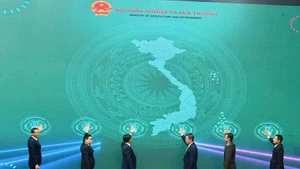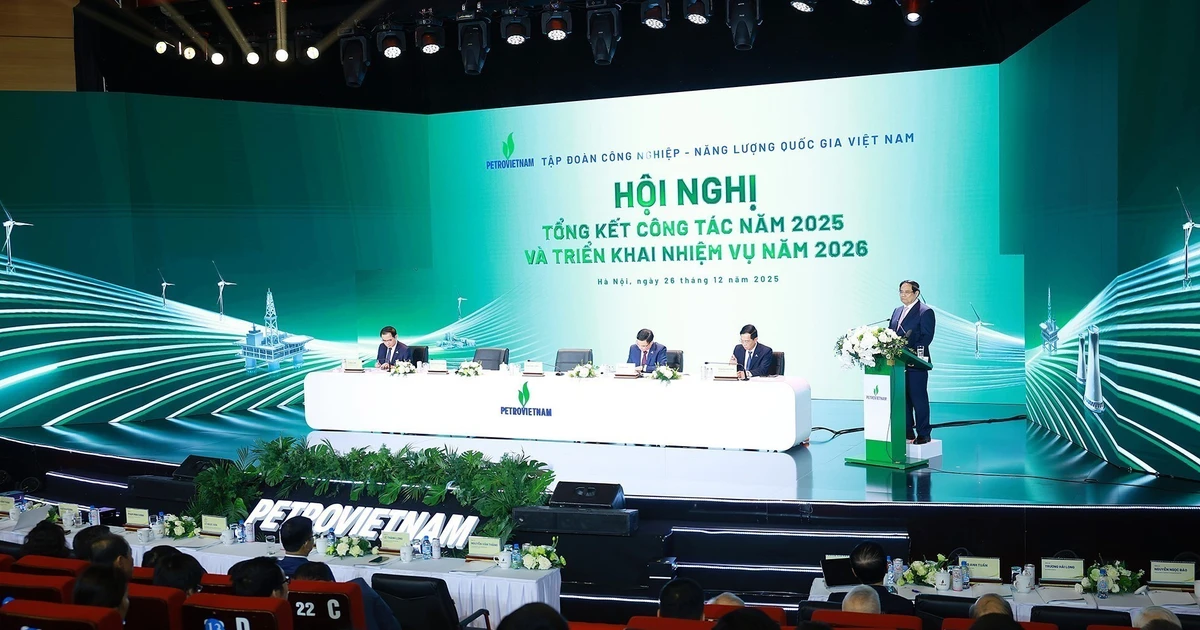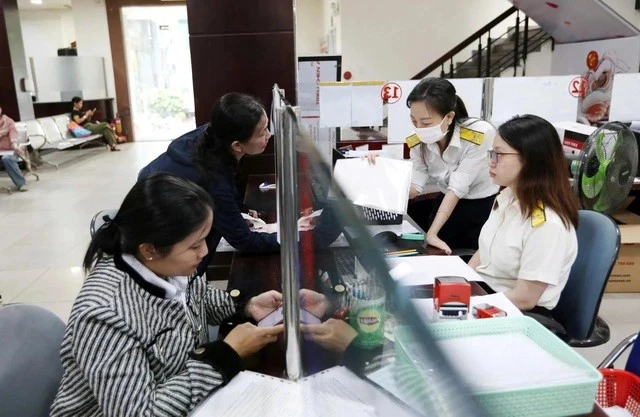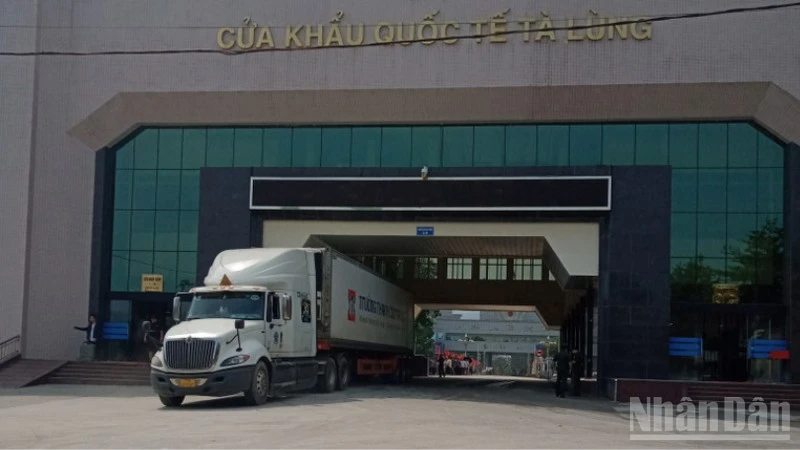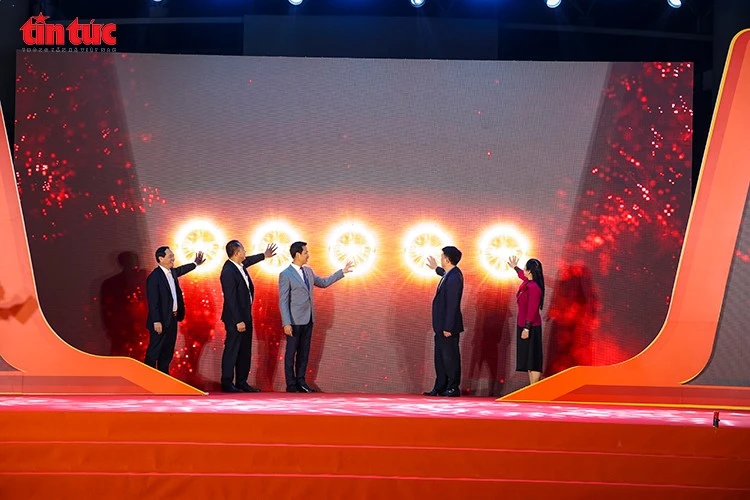Foreign investment has also had positive impacts on reforming economic institutions and the improvement of the domestic business environment, and the State apparatus, while enhancing Vietnam’s reputation and position in the international arena.
The remarks were made by Deputy Minister of Planning and Investment Tran Duy Dong, at a seminar jointly organised by the Ministry of Planning and Investment and the Ministry of Science and Technology in Hanoi last week.
The event was held under the theme ‘Attracting foreign investment in high technology and promoting technology transfer’.
To date, Vietnam has a total of 38,084 valid foreign-invested projects, with a total registered capital of 453.26 billion USD, of which nearly 287.1 billion USD has been disbursed.
In the first 8 months of 2023 alone, the country attracted 1,924 new projects, while 830 others registered to adjust their investment capital, and 22,268 transactions of capital contribution for share purchases were recorded, with a total value of nearly 18.15 billion USD.
Vietnam has identified science, technology and innovation as one of the most important strategic breakthroughs, to take advantage of the fourth Industrial Revolution (Industry 4.0), which brings about opportunities to shift the economy towards a growth model, based on productivity, advanced science and technology, and innovations.
In recent years, the attraction of foreign investment in high technology and the promotion of technology transfer in Vietnam has achieved some positive results. Vietnam has initially welcomed investment flows in high-tech fields, from tech giants such as Intel and Samsung.
The investment of global technology corporations in technology manufacturing in Vietnam has helped to expand the domestic market.
However, to maintain these tech giants’ investment, in addition to ensuring macroeconomic stability and appropriate tax, fee, and land incentive policies, Vietnam needs to improve technical infrastructure at industrial parks, and factories, as well as social infrastructure and high-quality domestic human resources.
Along with that, through competitive pressure, foreign-invested firms are also among the factors that promote domestic enterprises to improve productivity, revamp technology, and better adapt to globalisation.
Besides the above achievements, limitations remain in technology transfer, the application of technological advances in operation, and the research and development activities
Therefore, it is necessary to design policies and mechanisms to link domestic and foreign enterprises, covering support industry development, and connectivity in product supply chains.
 |
| Overview of the seminar (Photo: mpi.gov.vn) |
Domestic enterprises need to be more proactive in seeking technology transfer channels and choosing the right technology suitable for their business.
Speaking at the event, Deputy Minister of Science and Technology Le Xuan Dinh stressed, that foreign investment is a bright spot and an outstanding achievement of Vietnam since the country started to embark on reforms in 1986.
Foreign investment has contributed to boosting national socio-economic development, increasing the national economy’s competitiveness, generating jobs and raising the State budget collection. In recent years, the Party and State have issued many policies to boost foreign direct investment (FDI) and improve its efficiency, such as the Politburo’s Resolution No. 50-NQ/TW, dated August 20, 2019, on orientations to complete the institutions and policies to enhance the quality and efficiency of foreign investment cooperation until 2030; Law on Technology Transfer 2017; and Investment Law 2020.
At the seminar, delegates focused their discussions on policies to promote investment and the development of high technology in Vietnam, the current situation of attracting foreign investment in the high-tech industry of the country, as well as policies on management, and the attraction of technology transfer of FDI enterprises.
They also evaluated the current situation and shortcomings in FDI attraction in high technology and technology transfer, and proposed solutions to address the problems.
The seminar provided a comprehensive overview of the current situation of attracting foreign investment in the high-tech industry and promoting technology transfer of foreign-invested enterprises in recent years.
It also figured out difficulties and obstacles in policy implementation from which to recommend appropriate solutions to attract more foreign investment in the high-tech industry in the near future.


